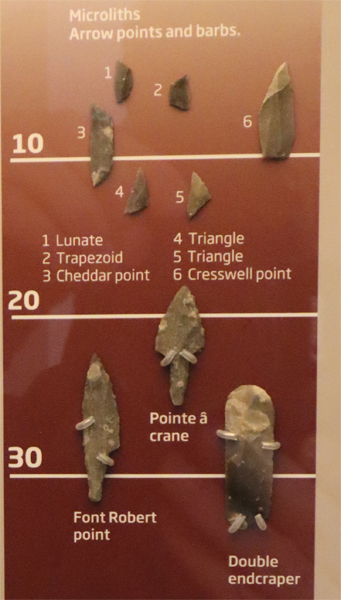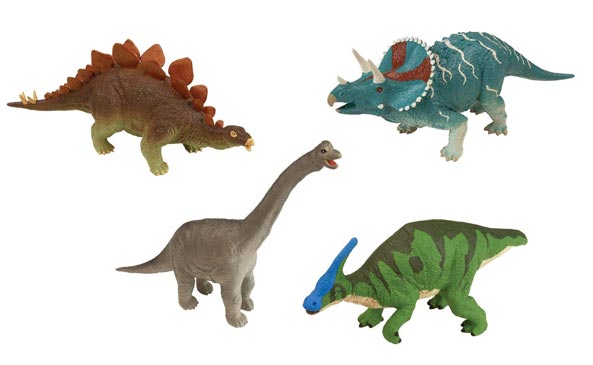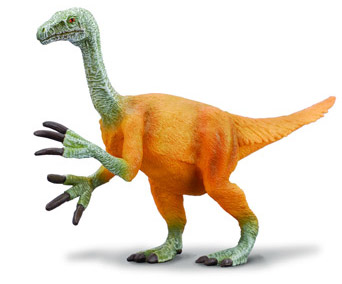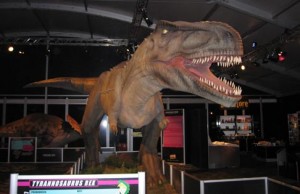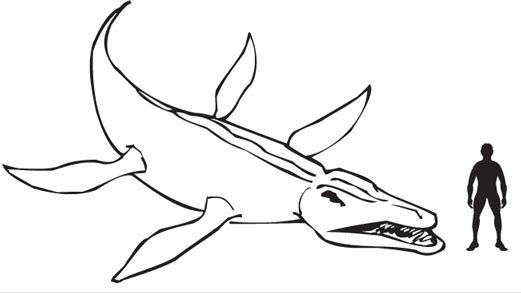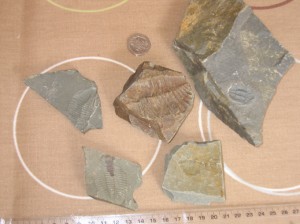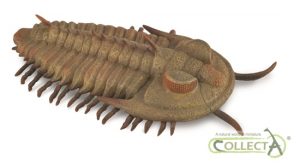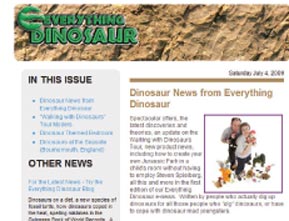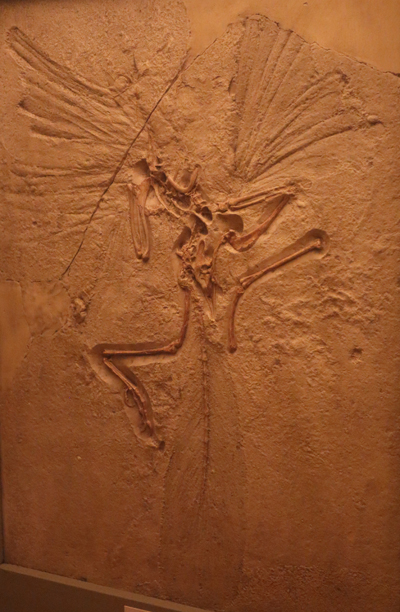Food for Dinosaur Parties
When it comes to organising that dinosaur themed birthday party for a dinosaur obsessed youngster one of the many questions we get asked is how to customise food so that it fits in with the party theme? It is not easy to find dinosaur shaped sandwiches and tit-bits in your local supermarket, but you needn’t spend a fortune to ensure that your party buffet cuts the Mesozoic mustard
Dinosaur Themed Party Food
For example, dinosaur shaped cookie cutters are inexpensive to purchase and can be used to create biscuits shaped like prehistoric animals. We supply a range on our website along with free to download recipes and instructions. However, don’t be limited just to the sweet elements of your menu when it comes to using the cookie cutters. We have used both our plastic and metal cutters to create dinosaur shaped sandwiches for hungry dinosaur fans.
To view the Everything Dinosaur range: Visit Everything Dinosaur.
Using soft bread, we find that white or wholemeal sliced loaves work best; and a series of simple fillings such as spreads, (peanut butter, chicken paste, jam, honey), dinosaur shaped sandwiches and light bites can be created simply by using the cookie cutters to cut out the sandwich once the slices have been prepared.
A Tyrannosaurus rex Themed Cookie Cutter – Ideal for Dino Shaped Sandwiches
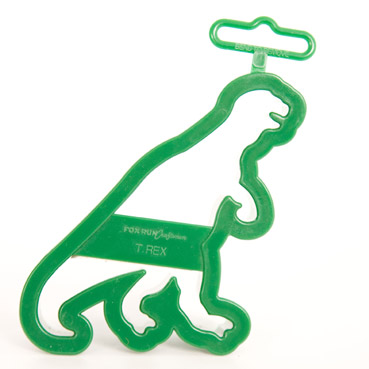
Picture credit: Everything Dinosaur
The biscuit cutter is dishwasher prove and makes lovely shaped biscuits and sandwiches shaped like Tyrannosaurus rex. They prove very popular at dinosaur themed birthday parties and the cutter is very easy to use and clean afterwards.
Taking a cocktail stick, and a coloured piece of paper prepare a label for the sandwich platter using simple dinosaur vocabulary (a quick look in your child’s dinosaur book should give you plenty of inspiration). The cocktail stick can be used to stick securely the label to the plate, like a little flag. Make sure you blunt the end of the cocktail stick still sticking up after you have secured the label to it, you don’t want anyone pricking their finger.
Summer Dinosaur Parties
With Summer dinosaur parties, the barbecue can often come out into its own. Naturally, with us Mums and Dads supervising the cooking. Ordinary burgers can become dinosaur inspired “Brachiosaurus burgers” with Tyrannosaurus rex red relish (tomato ketchup to you and me). Please don’t be tempted to call your burgers “Brontosaurus burgers”, unless you want to incur the wrath of any of the more erudite of your young guests. The name Brontosaurus is no longer accepted or used in scientific circles, although a genus of Late Jurassic diplodocid dinosaur was recently named Eobrontosaurus. Brontosaurus had to undergo a name change in the 1970s, the reason for this is laid out below:
The eminent American palaeontologist Othniel Charles Marsh described and named Apatosaurus in 1877 from fossils found near the town of Morrison in Colorado, USA. Two years later, bones of what was thought to be another dinosaur were found at a quarry at Como Bluff, Wyoming. This animal was described and named as Brontosaurus “Thunder Lizard” by Marsh. As more skeletons were found, scientists realised that these two dinosaurs were actually the same genus, and since Apatosaurus was described first, the name Brontosaurus had to be disregarded.
In 1905 when the world’s first long-necked dinosaur skeleton went on display at the American Museum of Natural History it was wrongly labelled as Brontosaurus. Thanks to this and many Hollywood films, the name Brontosaurus seems to have stuck in people’s imaginations and for many years “thunder lizard” was one of the best-known dinosaurs.
So be warned, if your young dinosaur fans know their dino-data they will point out to you your mistake if you name anything Brontosaurus.
Herbivorous dinosaurs were some of the first large land animals to exploit the new food source of fruit in the mid to Late Cretaceous. Don’t forget to add some fruit salad to your Mesozoic menu. You can always label it up as “Fruit Salad Swamp” or “Fruit-o-saurus”. By doing this you can ensure a healthy and nutritious balance to your “Styracosaurus Snacks”.
Finding Recipes
For recipes, more instructions and of course more information about dinosaur themed party food, simply log onto our website: Everything Dinosaur you will find a whole section of the site dedicated to this subject with free downloads, ingredient check lists and all sorts of helpful stuff. There is even the recipe, instructions and templates to create your own dinosaur shaped birthday cake. Best of all these information is available free as a download.
Every item put into our dinosaur shop is tested by ourselves and our pet parents and dinosaur fans. We even tested out the biscuits and cake recipes. Each member of staff was given job of trying to come up with recipes suitable for dinosaur themed events. Then using our cookie cutters and such like we all had to make some.
My Tyrannosaurus rex Gingerbread
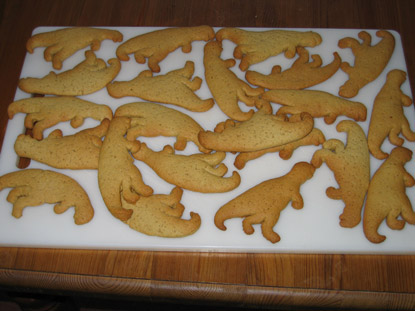
Picture credit: Everything Dinosaur
My gingerbread dinosaurs, just out of the oven and cooling down ready for icing. Not a bad effort for someone like me, who generally struggles to remember the recipe for toast.
Update
Following an extensive revision of diplodocid fossils, Brontosaurus is once again accepted as a valid genus.


